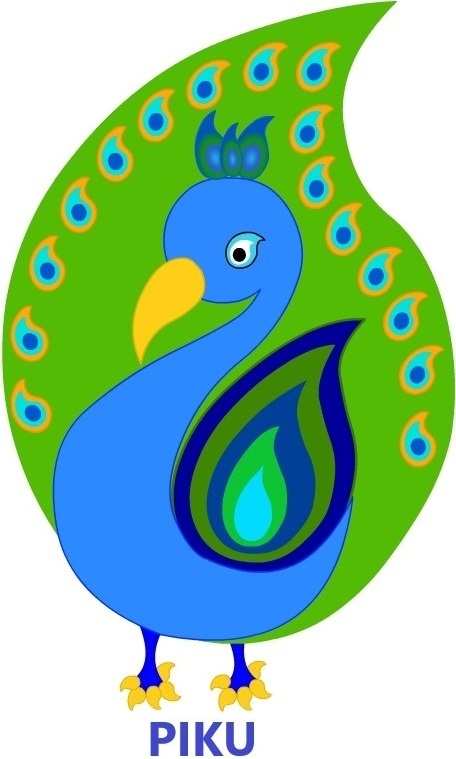Increasing water use efficiency by 20%
Achieving high water use efficiency is thus the first step along the path towards sustainable water development and management. The National Water Policy, 2012 also lays stress on conservation of water. One way to ensure rapid sustainable development is to attempt highest standards of efficiency in water use besides demand side optimal management through mass awareness.
One of the most important goals of the National Water Mission is to improve the efficiency of water use at least by 20%. The objective can be achieved by ensuring improved efficiency both on the demand side as well as the supply side. Research in the area of increasing the water use efficiency in agriculture, industry and domestic water is very important strategy. Similarly, full utilization of the created facilities and better design and proper operation and maintenance would considerably help in improving the efficiency on supply side. Use of micro irrigation, promotion of water neutral and water positive technologies, recycling of water, proper cropping patterns, etc. are also very important measures for increasing the efficiency. At the same time adoption of better management practices are also very important.
An analysis shows that modernization and renovation of existing old projects, command area development including selective lining of water courses etc. may increase the overall irrigation efficiency by about 20-21%. About 5,000 field demonstrations, all over the country, of the technological interventions suited to the local conditions by academicians and research organizations have shown increase in yields as well as water savings. Read more










